After 3,320 episodes, The Jeremy Kyle Show will never be on television again.
Its cancellation – done quickly in the wake of a participant’s death – was an unusually abrupt end for a commercially successful programme, which despite many controversies, had never before been pulled off air.
During its 14 years on screen, The Jeremy Kyle Show made a celebrity of the former insurance salesman who fronted it and viral sensations – whether they liked it or not – of many of the guests who stepped onto the Manchester set.
Until 2007, it had a publicly-funded sponsor in the form of training provider Learndirect, who paid £500,000 a year to have their commercials bookend each episode, halting the deal when a judge labelled the show “human bear-baiting”.
A year later, the Guardian’s Carole Cadwalladr went undercover and revealed an alarming tale of a mentally ill young man, who was “stitched up” while appearing in a special episode filmed 400 yards from his own front door.
But still, The Jeremy Kyle Show’s popularity refused to wane.
Its viewing figures consistently hit 1 million a day – an impressive number for a 9.25am weekday slot – and National Television Award nominations came too, with the most recent arriving in 2017.
Following its cancellation, two participants – one member of the public and one star who took part in a celebrity special – tell HuffPost UK how they felt “railroaded” into appearing and slamming “these type of shows” for “preying on people’s insecurities”.
Bronwyn Driver, now 40, appeared on The Jeremy Kyle Show in March 2015. It had been just over a year since she had come out as trans and began attending a support group for other people transitioning.
Looking for participants for a TV show that wasn’t named straight away, a member of the production team contacted the support group leader and buoyed by the confidence her transition was giving her, Bronwyn agreed to be filmed.
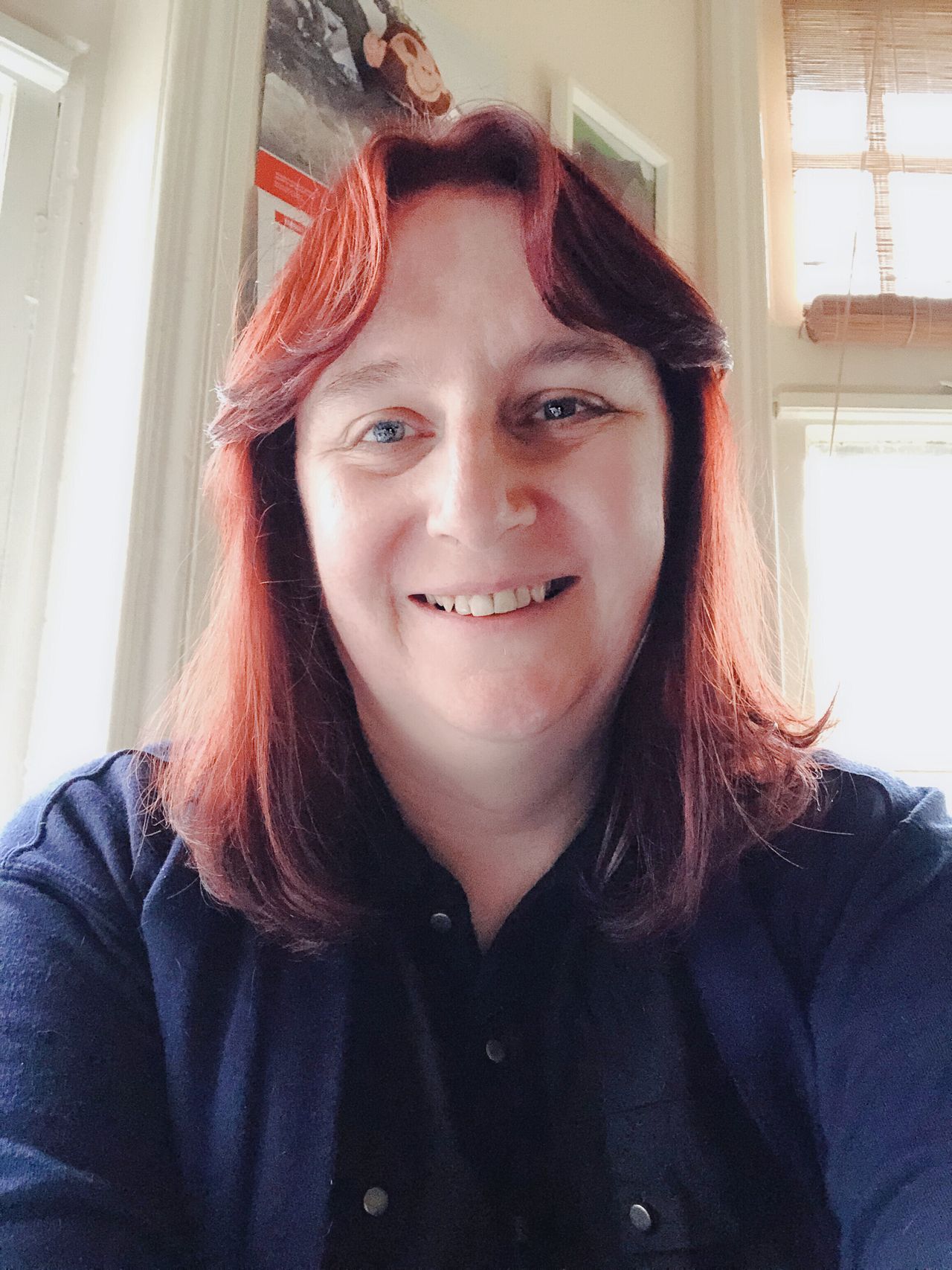
“I was really, really early in my transition, so it was all super exciting,” Bronwyn tells HuffPost UK. “You just don’t really grasp what you’re actually getting into… We weren’t really given much information on what it would be about.
It took “around two to three weeks” for that first phone call to result in a paid for night in a hotel, a car to the studio and the all-important interview with Jeremy, under the glare of MediaCity’s bright lights and an unusually quiet studio audience.
Bronwyn’s first contact with a researcher came “a day or two” before she travelled to the hotel.
“We had a couple of calls,” she says. “The night before, we went to the studio and they came to a conversation with us and get some photographs. It seemed very rushed.”
Bronwyn’s interview was atypical for the show as it formed part of one of the news-focussed segments Jeremy sometimes features, to break up the endless cycle of DNA tests, screaming relatives and lie detector results.
Appearing alongside her partner, Bronwyn was part of feature with the tagline “I live my life as a man – and woman”, which focussed on bigender teenager, Layla Marlow, who was also on stage.
Despite the non-confrontational nature of the piece, Bronwyn had “no real prep or discussion to gear us up for what might be discussed and what the outcome might be”.
“It’s the speed of it,” she explains. “You come on stage and it’s bang, bang, bang – they’re throwing things at you and you don’t get time to process, you just say what comes.”
While Jeremy wasn’t as confrontational as he can be, Bronwyn says: “He did interrupt though, if what we were trying to say wasn’t what he wanted. He wanted to push us into a particular statement.
“The more I think about it, which I have in a whole different light recently, I’m more conscious of how I wasn’t prepared for all of that.
“The trans community is not exactly popular in this country as it is. I feel like we were railroaded into something that, in hindsight, I should not have been involved in.”
ITV has not responded to HuffPost UK’s request for comment. In a previous statement, they said the programme “has significant and detailed duty of care processes in place for contributors pre, during and post show”.
“Prior to the show a comprehensive assessment is carried out by the guest welfare team on all potential contributors,” they continued. “The guest welfare team consists of four members of staff, one consultant psychotherapist and three mental health nurses.
“All of our processes are regularly reviewed to ensure that they are fit for purpose in an ever changing landscape.”
Following the success of the main show, Jeremy Kyle began an equally lucrative string of celebrity specials, which is how Alex Reid found himself sat opposite the presenter in 2012.
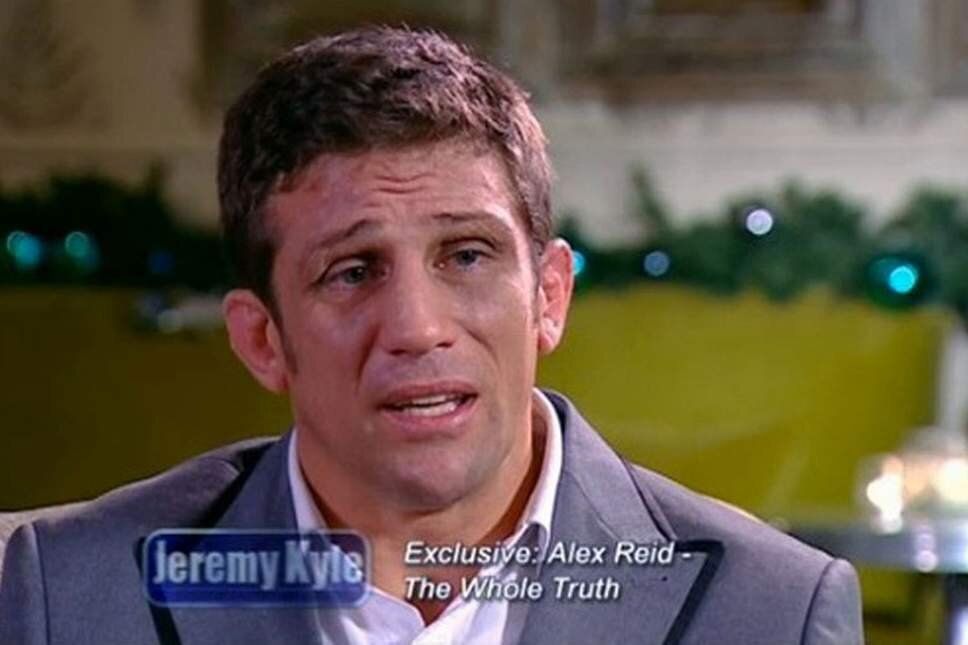
At the time, he was fresh from an incredibly public split from Chantelle Houghton, the mother of his child, and had been asked to go on the show “three or four times” before saying yes.
Alex hoped to set the record straight on numerous tabloid stories about his life, his relationship with Chantelle and previous marriage to Katie Price.
“I was dubious at first because obviously it’s Jeremy Kyle and it was so far removed from where I wanted to be,” he tells HuffPost UK. “But I had a few people in my ear, in the form of managers, agents and PR gurus, saying, ‘you have to do this’, when it was lining their pockets.
“I didn’t listen to my gut and I wish I had.”
Like Bronwyn, he received a lighter touch and describes the interviewer as having “charm” and being “pleasant to me”.
“I’m not going to throw Jeremy Kyle under the bus,” he says. “I have no reason to. I’ve seen how he is with other guests though and I can see how they prod people purposefully for high drama.”
Given his currency in the celebrity world, Alex received a fee for appearing.
“People say, ‘Oh well, you got paid for it’, and yes I did,” he admits. “But it wasn’t my prime motive, it was the least of my concerns. The actual interview itself was really good, I thought. But it’s still Jeremy Kyle and it has a bad rap.”
“I feel like people looked down their noses at me. Maybe they didn’t, but that’s how it felt.”
Going on Jeremy Kyle, it’s fair to say, does “have a bad rap” and as social media has evolved, so did the frequency at which participants would “trend” on Twitter, becoming fodder for throwaway online commentary.
Both Bronwyn and Alex say they were given no guidelines or advice on what would happen once their episode aired, or how it could affect their lives.
“There was absolutely no aftercare for us,” Bronwyn says. “We had Graham [Stanier] in a room, who talked mainly to Layla but after that, nothing.
“The only time we heard something was when we’d get a letter to say, ‘your show is due to go on air again, please let us know if there are any criminal convictions’.
“We were fortunate in the way we were on the show. I was undergoing counselling at work so I was supported from another angle but someone else might not be in the same place, or have the same support.”
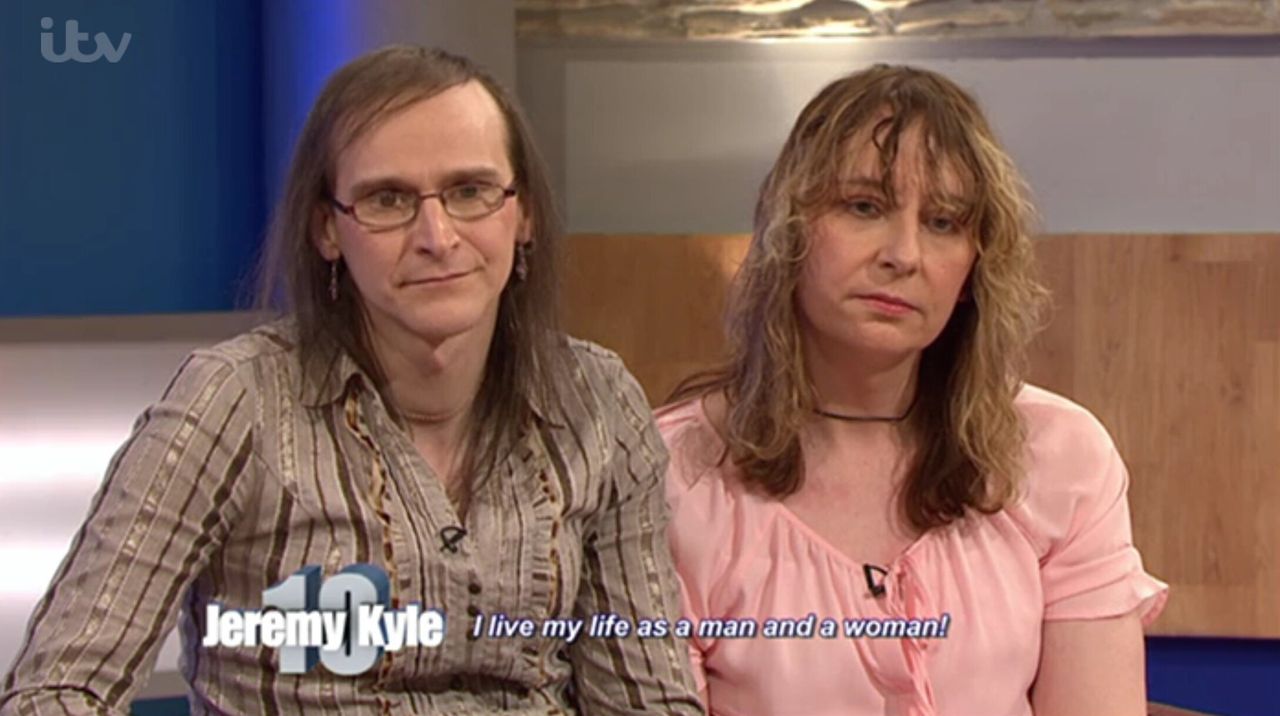
With no Twitter account at the time, she went back to her regular job and life with relative ease but the segment was added to the show’s YouTube page.
“It went on there as ‘A bigender couple’, but we’re not bigender, we transitioned,” she says. “There were a number of inaccuracies in how it was presented online.
“The video was sensationalised. The title was trying to sell something unusual.”
This is particularly problematic behaviour, Bronwyn says, given that she and her partner are transgender women.
“I fear that the transgender community is one of the most vulnerable communities in the country,” she explains. “The more I look back on it the more I realise how exploited I was, at an early stage of my transition, by people who really should know better.
“It does feel time and time again like they drag the trans person out just for shock value.
“I’m always mindful of Jerry Springer doing that thing where he got a man down from the audience to get a massage, and then she whispered in his ear, ‘I was born a man’.”
The scene Bronwyn is referring to sees the audience howl with laughter at the revelation. “It feels like that all the time,” she adds.
For Alex, who was already a familiar face and tabloid fodder, the Kyle interview resulted in “a lot of abuse”.
“I have a whole pride of idiots sending comments,” he says. “That has gone on since my entry into the celebrity world and I had so much of that around the Jeremy Kyle time. It’s not nice and it doesn’t get better, you just learn how to cope with it.”
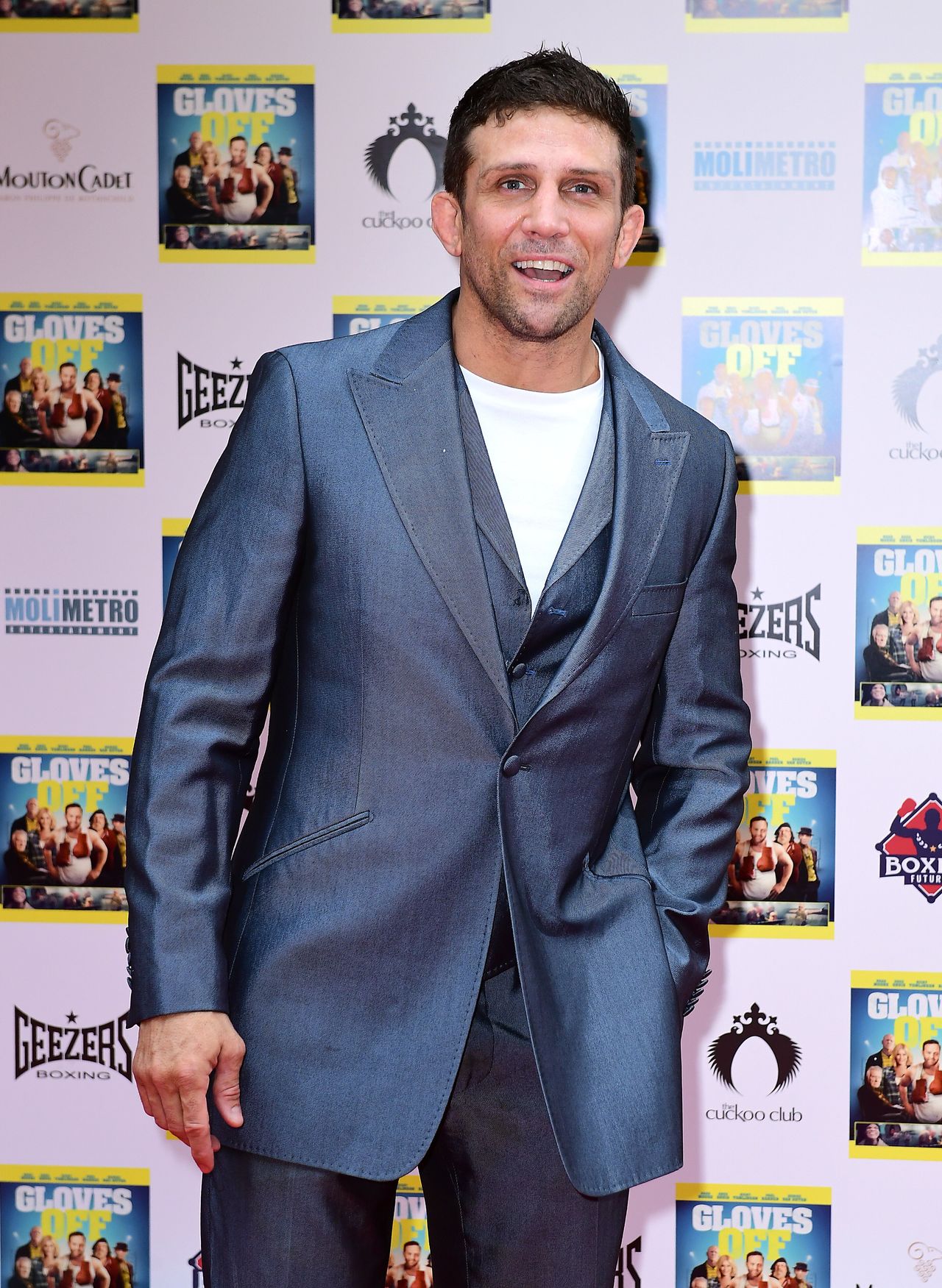
Alex didn’t, as some outlets have claimed, turn to self-harm but he did step back into the cage-fighting area “when I wasn’t the trained athlete I used to be”.
“I wasn’t out to get hurt, I just wanted to escape the pain,” he says. “I didn’t care if I got hurt, it was a distraction. It was something I knew, away from the pain of the media, the continual backlash, the exes, the public denigration on social media.
“For that brief moment, in a cage fighting someone, I was allowed to be me and forget about all of that.”
Broadcast historian Finola Doyle O’Neill, an expert on “the dynamics of talk shows”, has been keeping a close eye on The Jeremy Kyle Show since it launched and provided a UK equivalent of Jerry Springer.
“There had been a lot of really good chat shows [in the UK], everything from Parkinson to Terry Wogan, but that format [Springer’s] had never been exploited as such in England,” she explains.
She points out a key difference: “It’s so unusual to have it on in the morning.”
“Both the participants and audience are a curated section of the population, I always dispute the fact they’re ‘everyday’ people,” Finola says.
“A lot of them are highly vulnerable individuals, so really straight away, I feel there’s a form of manipulation in the way they’ve targeted a particular audience.”
Alex adds: “They’re getting bits of people’s lives and putting explosives and fireworks with them, and letting them go off on stage in front of an audience.
“They’re preying on people’s insecurities and people aren’t trained. I wasn’t trained and I had more training than most.
“I felt so low for so long, not just from Jeremy Kyle but from many of these type of shows. Now I’m finally out of the other end.
In the wake of the cancellation, attention is turning to other programmes, including ITV2 mainstay Love Island, following the sudden deaths of two contestants.
Citing the dating show as another that is “interesting”, Finola says: “It’s all linked to the level of vulnerability.”
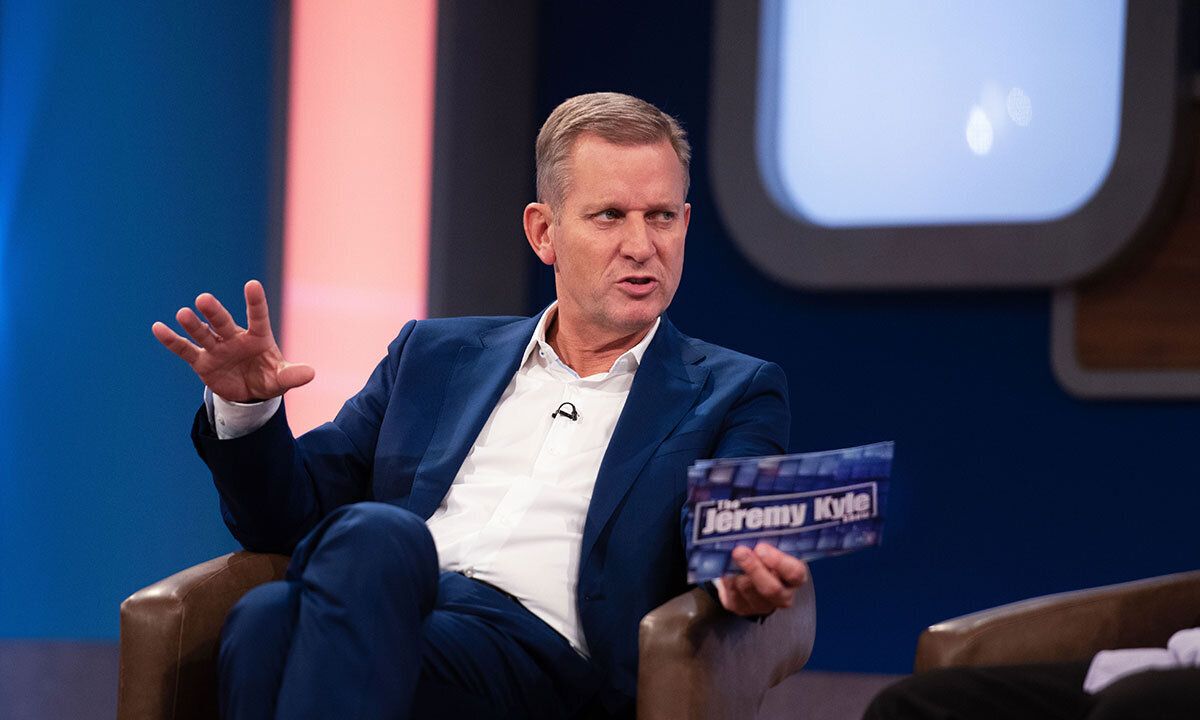
Could the cancellation of The Jeremy Kyle Show prove to be a key moment in British television history? Bronwyn fears it won’t be.
“I fear it’s just a matter of time before they start to creep back,” she admits. “Certainly, in relation to trans issues, these last 18 months have been horrendous.
“The media has a role to play in making sure that minorities are represented in a way that tells people we aren’t monsters.
“It might not be the same format or presenter, but I think they could head down the same road again.”
More hopeful, Finola argues this has to be a “watershed moment” for broadcasters.
She says: “There have been warning moments so when people ask me where are we going, I think number one, we have to have very, very authentic sponsorship. They have to believe in the product.
“Secondly, there has to be far more people, a cohort of experts, if they’re going to have a programme of this nature.
“I’m not saying that they don’t have a place in the lexicon of audience discussion programmes. People will always want to be entertained but it has to be done sensitively.”
Calling for shows to be “more severely monitored”, she adds: “They [the guests] need to have informed consent, somebody has to explain the negative outcomes that could happen.”
For now, repeats of Dickinson’s Real Deal sit in the Jeremy Kyle slot and a replacement will be announced in due course. ITV has stated that it will “continue to work with Jeremy on other projects”.
“There needs to be much more stringent standards on taste and decency,” Finola concludes. “People need to be elevated and educated, they don’t need to be demeaned, undermined and exploited.”
